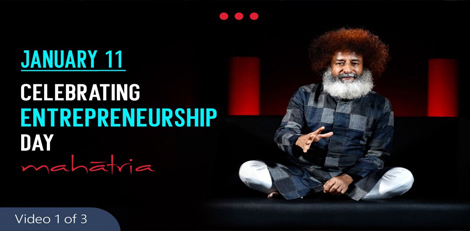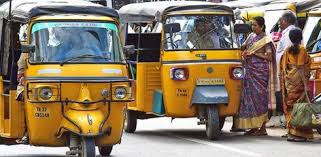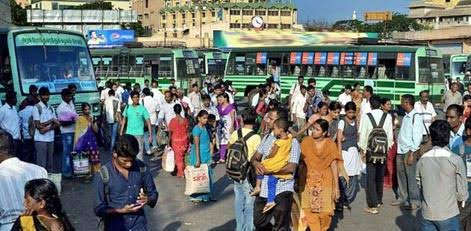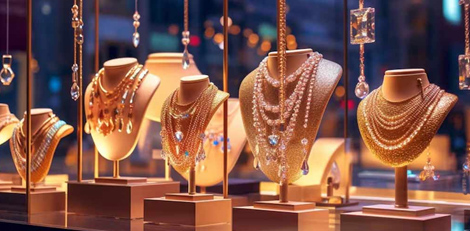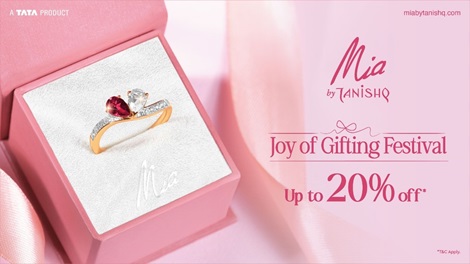Dussehra special - know the festival better
Posted on: 05/Oct/2016 2:21:47 PM

People from across India celebrate the eve of Dussehra (also known as Vijaya Dashami, Dasara, or Dashain) with special Pooja and food offerings to the lord. People also organize special outdoor fairs and parades with effigies of Ravana. Ravana is the mythical king of ancient Sri Lanka. During the evening time, these effigies are burnt. This festival is a culmination of Navarathri festival.
The festival is celebrated in most parts of the country for over ten days. Performing Ramlila which is a short version of Ramayana is a part of the eve too. This is a grandeur festival also involving procession of goddess Chamundeshwari placed on elephants, and the event is very special in Mysore, Karnataka.
Special food offerings for the festival includes luchi in which flat breads are deep fried, Alur Doom which is a special snack item prepared by deep frying potato and adding spices and flavors to it.
It is also believed that Dussehra is an ideal day for us to start new businesses, project or journey. A few people also share Shami tree leaves as gifts. This symbolizes Pandava brothers` exile as stated in stories of Mahabharata.
For the eve of Dussehra, all banks, companies and government offices are shut down. Retail stores and others may conduct office with reduced work hours or take leave too.
Some of the symbols we commonly notice during the festival includes bonfires, fireworks, paper or wood effigies of king Ravana, Tika painted in the forehead of people (tika is red spot), and effigies of Ravana that are often burnt on bonfire.


